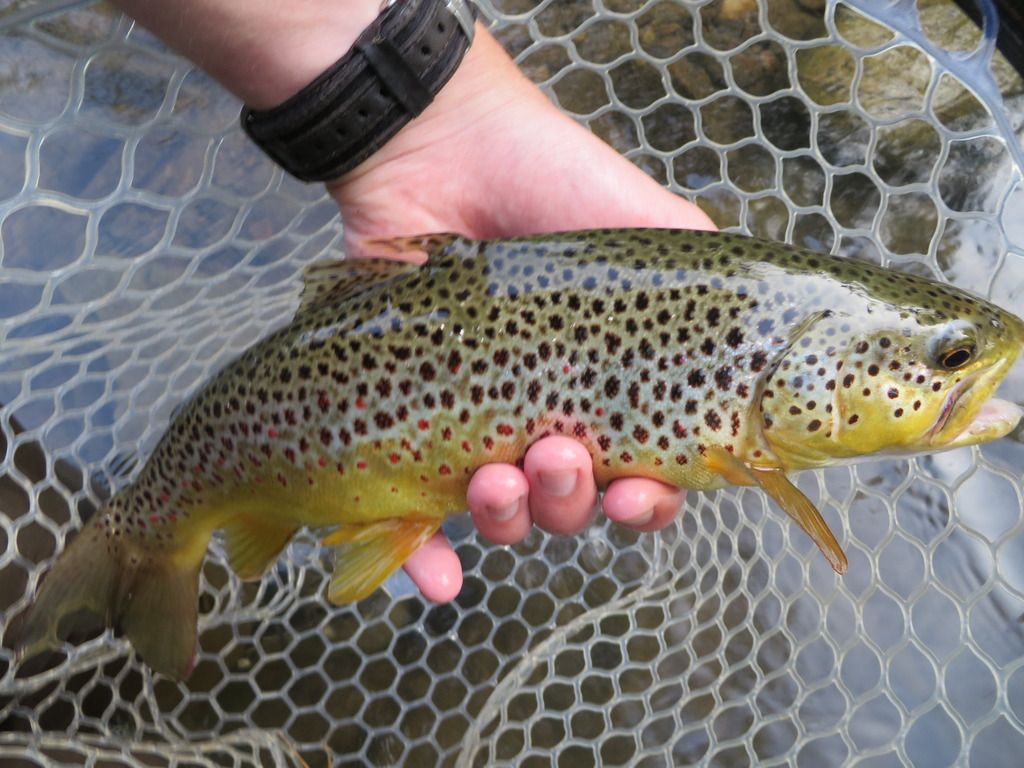O
OldLefty
Member
- Joined
- Jan 30, 2007
- Messages
- 686
Jack, I've followed what you've been saying and I agree.
While pcray may cite studies, I've observed wild trout brought into captivity and I've observed wild trout in streams become very comfortable with people and people providing them with nourishment...Pellets. They weren't doing their best to "run and hide" and they didn't disappear for hours before again showing themselves.
Yes, you could say that, since these wild trout were originally from a hatchery strain these traits had been bred out of them. Somehow, I have great difficulty accepting that.
I know also that when I was in West Virginia for a time the state TU folks would stock brown trout fingerlings in a number of streams which didn't have a reproducing population of trout: that is, until those fingerlings gained another couple years and some maturity and spawned successfully. Result, a new population of wild trout.
While pcray may cite studies, I've observed wild trout brought into captivity and I've observed wild trout in streams become very comfortable with people and people providing them with nourishment...Pellets. They weren't doing their best to "run and hide" and they didn't disappear for hours before again showing themselves.
Yes, you could say that, since these wild trout were originally from a hatchery strain these traits had been bred out of them. Somehow, I have great difficulty accepting that.
I know also that when I was in West Virginia for a time the state TU folks would stock brown trout fingerlings in a number of streams which didn't have a reproducing population of trout: that is, until those fingerlings gained another couple years and some maturity and spawned successfully. Result, a new population of wild trout.






